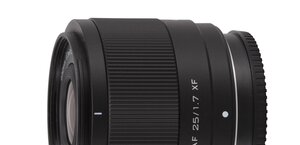Tamron 70-210 mm f/4 Di VC USD
5. Chromatic and spherical aberration
Chromatic aberration
In the case of the Tamron 70–210 mm f/4 Di VC USD longitudinal chromatic aberration is not corrected in a perfect way. You can notice its slight influence already at 135 mm and at 210 mm the colouring of out-of-focus images becomes even a tad more pronounced. Still both the Tokina and the Nikkor had similar issues in this category.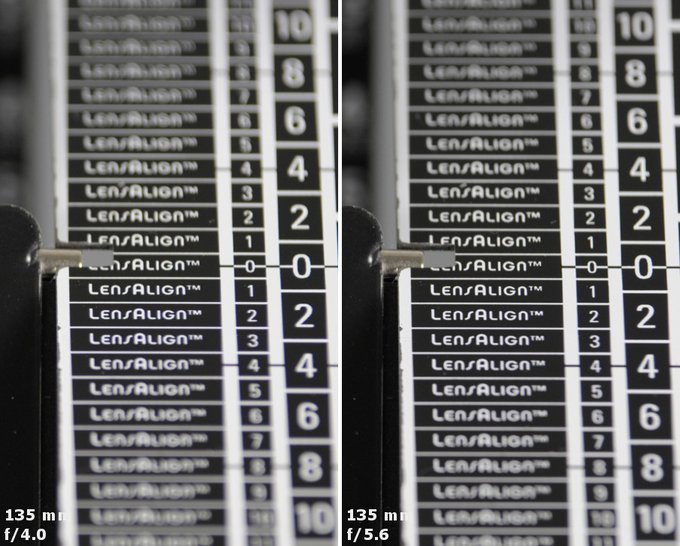 |
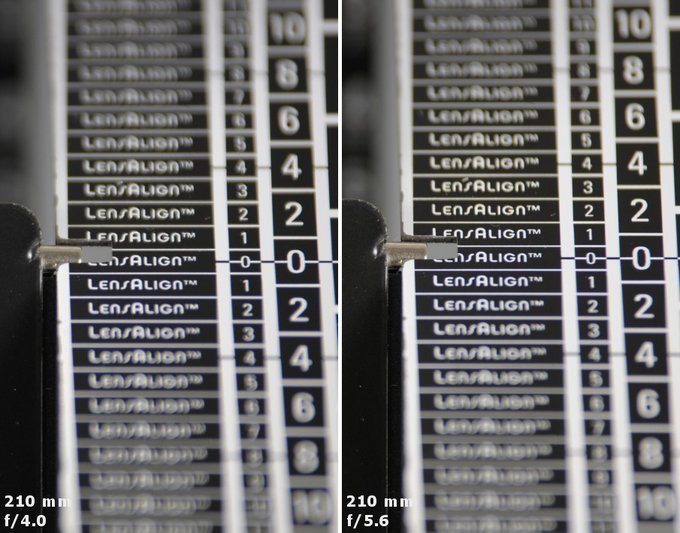 |
Now let’s check the lateral chromatic aberration correction of the tested lens – its performance on the edge of the APS-C/DX and on the edge of full frame present two graphs below.
Please Support UsIf you enjoy our reviews and articles, and you want us to continue our work please, support our website by donating through PayPal. The funds are going to be used for paying our editorial team, renting servers, and equipping our testing studio; only that way we will be able to continue providing you interesting content for free. |
- - - - - - - - - - - - - - - - - - - - - - - - - - - - - - - - - - - - - - - - - - - - - - - -
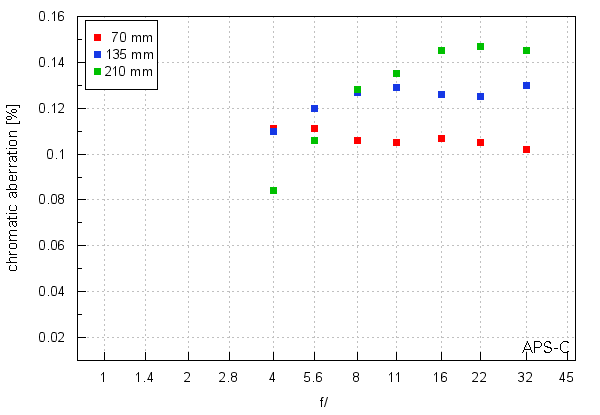
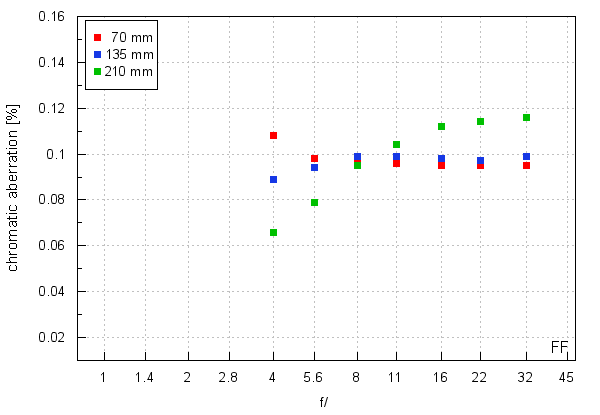
The results can be described as average for most combinations of focal lengths and apertures. The 210 mm focal length is an exception to that rule – on a smaller detector, after a more distinct stopping down the values approach even a high level.
In this category the Tamron compares unfavourably to its rivals – all of them, the Canon, the Nikkor and the Tokina, fared better.
| Nikon D3x, RAW, 70 mm, f/16.0 | Nikon D3x, RAW, 210 mm, f/16.0 |
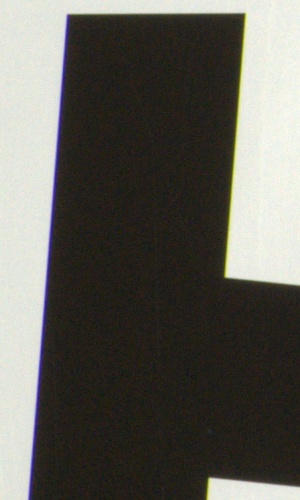
|
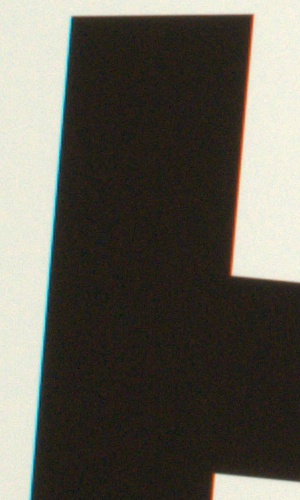
|
Spherical aberration
There are no problems whatsoever with spherical aberration at 135 mm. We didn’t notice any “focus shift” effect and circles of light, generated by us before and after the focus, were rather similar.The situation changes when you progress to 210 mm. In that case there is a slight shift of depth of field toward bigger distances as you stop down the aperture from f/4.0 to f/5.6. Additionally, circles of light reached at that focal length aren’t identical – the one we got after the focus has a very distinct rim.
| Nikon D3x, 135 mm, f/4.0, in front of | Nikon D3x, 135 mm, f/4.0, behind |
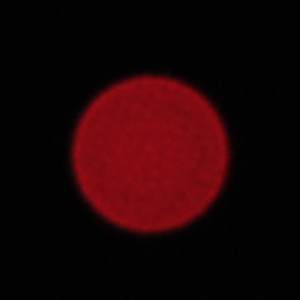
|
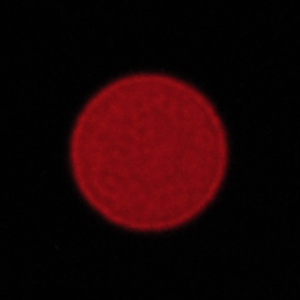
|
| Nikon D3x, 210 mm, f/4.0, in front of | Nikon D3x, 210 mm, f/4.0, behind |
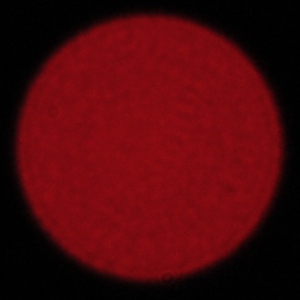
|
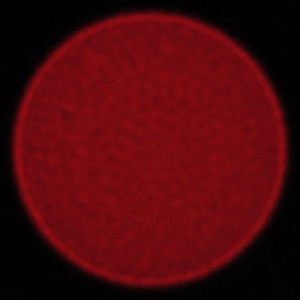
|






